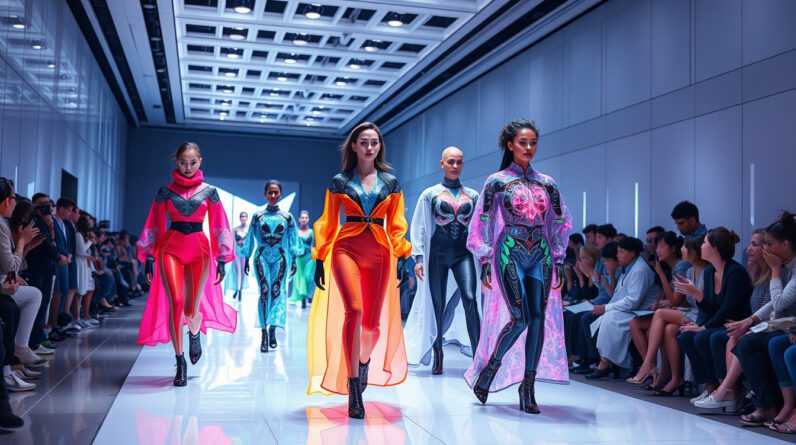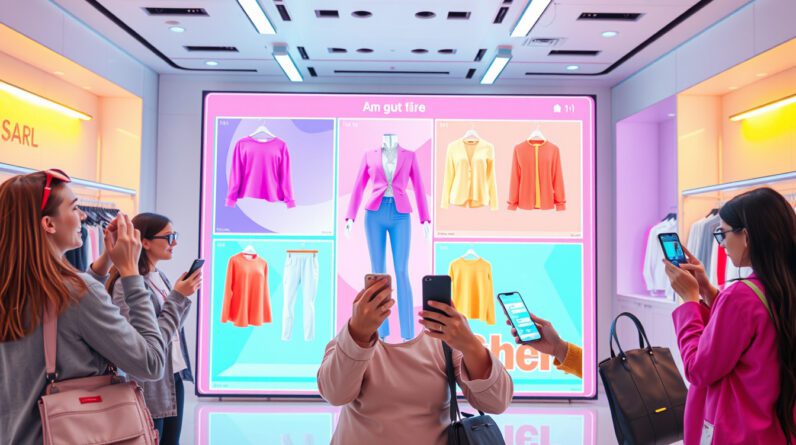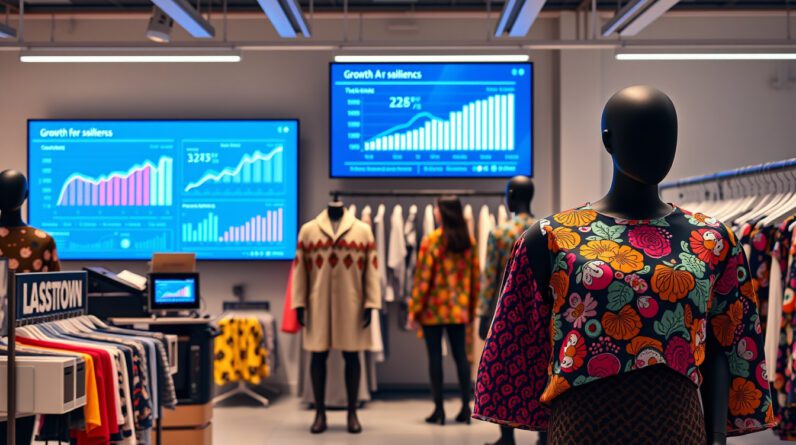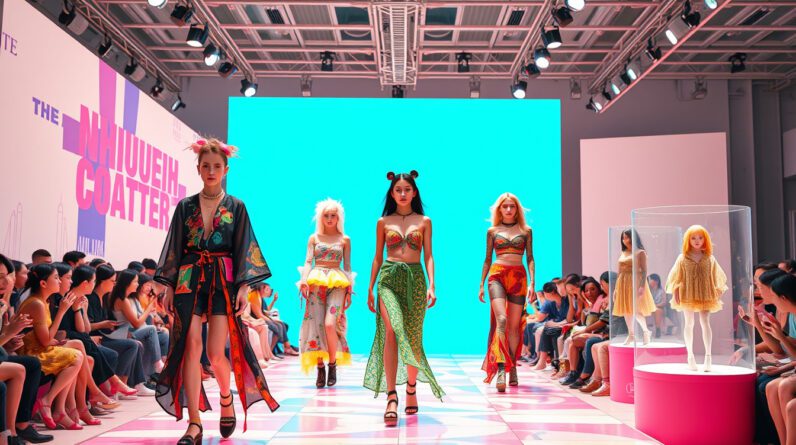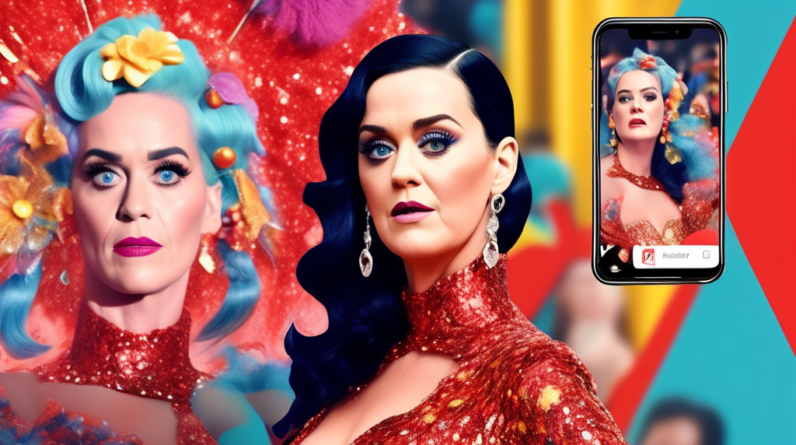
A Hilarious Case of AI Deception in the Age of Hyperrealism
In the dazzling spectacle that is the Met Gala, where fashion’s elite gather in a whirlwind of haute couture and artistic expression, sometimes reality takes a backseat. This year, a particularly convincing AI-generated image of pop icon Katy Perry nearly pulled the wool over the eyes of none other than her own mother, Mary Hudson.
The image in question depicted Perry in a voluminous, floral-embellished gown that seemed straight out of a fairytale. The details were impeccable – from the intricate beading to the delicate way the fabric draped around her – making it easy to believe she had, once again, stolen the show at the iconic event.
A Mother’s Love (and a Little Help from Technology)
Hudson, clearly taken by the image’s realism, shared it on her social media, gushing about her daughter’s stunning appearance. Little did she know, the photograph was not the product of renowned photographers capturing Perry’s grand entrance but rather the output of sophisticated AI algorithms.
The incident sparked a wave of amusement and fascination online, highlighting the increasing sophistication of artificial intelligence and its ability to blur the lines between reality and digital fabrication. While AI-generated art has been around for a while, the Perry incident showcased just how convincing these creations can be, even fooling those closest to the subject.
AI: The New Couturier?
The image itself served as a testament to the rapid advancements in AI image generation. The level of detail, particularly in the rendering of the gown’s intricate embroidery and the play of light and shadow, was remarkable. It raised questions about the future of fashion imagery and the potential for AI to become a powerful tool for designers, stylists, and artists alike.
Imagine a world where AI could generate endless variations of outfits on virtual models, allowing designers to experiment with different fabrics, patterns, and silhouettes without the limitations of the physical world. The possibilities are endless, and the Perry incident offered a glimpse into this exciting, if slightly unnerving, future.
Separating Fact from Fiction in the Digital Age
However, the incident also raised important questions about the ethical implications of such technology. In an era of misinformation and deep fakes, the ability to create such convincing images raises concerns about the potential for misuse.
From spreading false narratives to manipulating public perception, the potential downsides of AI-generated imagery are significant. It underscores the need for critical thinking and media literacy, urging individuals to approach online content with a healthy dose of skepticism.
A Teachable Moment
While Perry’s mother may have been momentarily fooled, the incident served as a lighthearted reminder for all of us navigating the ever-evolving digital landscape. It highlighted the importance of verifying information, especially when it comes to sensationalized or attention-grabbing content.
The incident also sparked a conversation about the future of AI and its role in our lives. As AI technology continues to evolve, it’s crucial to approach its development and applications responsibly, ensuring transparency and ethical considerations remain at the forefront.
The Final Word (For Now)
In the end, the tale of Katy Perry’s AI-generated Met Gala gown serves as a cautionary yet humorous anecdote in our increasingly digital world. It reminds us to approach online content with a discerning eye while embracing the fascinating possibilities that AI technology offers. As AI continues to advance, we can expect even more blurred lines, making it crucial to stay informed and engaged in the evolving conversation surrounding its impact on our lives.

